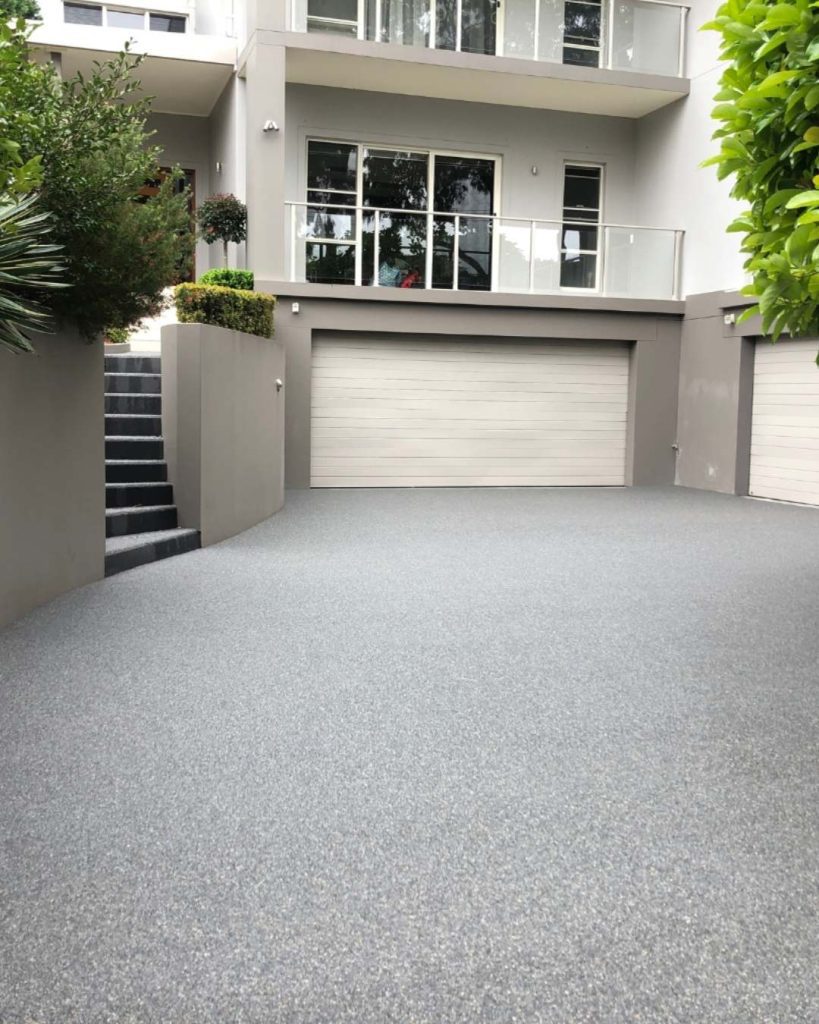When designing a home, one of the principal objectives for a building designer or architect should be that it is a comfortable living space during winter and summer, and at the same time an energy efficient home when it comes to heating and cooling.
Approximately 35% – 40% of an average household’s energy consumption is used for heating and/or cooling to achieve thermal comfort for the occupants. This rate can be substantially reduced or cut to almost zero by designing an energy efficient home.
Australia’s National House Energy Rating Scheme (NatHERS), assesses the potential thermal comfort of a home based on its’ design. The greater the number of stars attributed to a home means that the home will require less heating and/ or cooling energy to keep the occupants comfortable.
Along the coast for that stretch of land between Newcastle to the north and Wollongong to the south of Sydney, our weather has four identifiable seasons: summer and winter can exceed human comfort range whilst spring and autumn are a perfect living climate. With energy costs on the rise, it is even more important to pay attention to the way your dream home is designed and built. The NatHERS rating scheme should be used as one of the tools when designing an energy efficient, comfortable home.
9 suggestions for making your home energy efficient:
- Consider your site and its orientation, then adapt your new home design to suit where possible. This us usually the very first consideration when designing new energy efficient homes.
- To reduce heat gain, consider the type, location and size of glazing to be used. Avoid inappropriate use of glazing where possible.
- Passive solar heating is a preferred option where sunlight is readily
- Use roof cavities as a thermal buffer zone by ventilating them in summer and sealing them in winter can be an excellent tool when used correctly.
- Use passive solar shading on northerly windows and shade all east and west-facing glass in summer (design in such a way that you always have control as to how much sunlight enters your home).
- Use bulk and reflective insulation in ceilings and all walls where possible to deliver good value for money spent.
- Ensure all spaces are effectively air sealed to stop draughts. This will assist in heat loss during the winter months.
- Use ceiling fans (reversible if possible) in all living and sleeping areas.
- Choose light coloured roof materials, which will have the effect of reflecting rather than absorbing heat.
Lastly, make sure you communicate with your building designer or Architect about energy efficient requirements in your new home. You want a comfortable space to live in winter and summer, without the high energy bills to do so!



